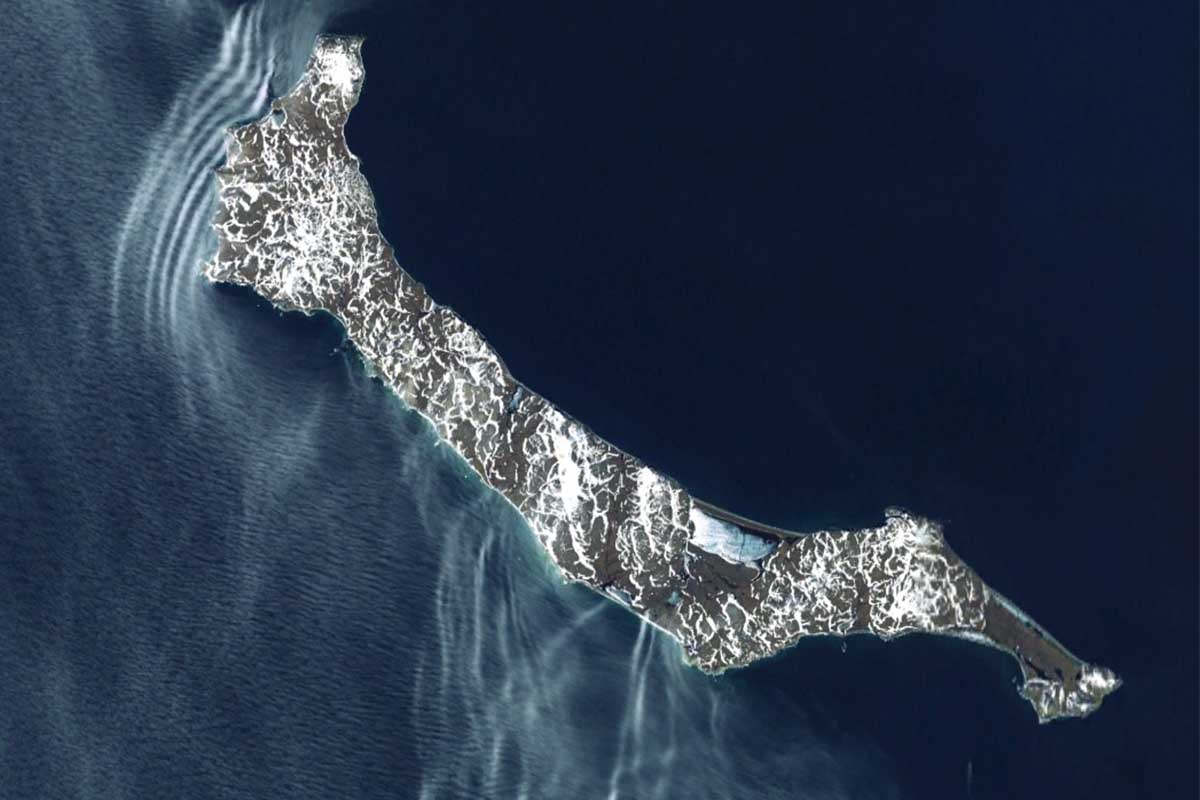Hakai Magazine, an online publication started by the Hakai Institute — an ecological observatory based in British Columbia — recently published an enchanting longform essay about Alaska’s St. Matthew Island. The island is the single most remote place in Alaska, a 138-square-mile formation of lichen-studded volcanic rocks located about halfway across the Bering Sea between the U.S. and Russia. Hakai sent writer Sarah Gilman and photographer Nathanial Wilder to St. Matthew on a ship called Tiĝlax̂, which carried a team of scientists studying Arctic seabird populations.
Gilman’s 2,600 words (and Wilder’s photography, much of it taken by drone) amount to one of the finest and most creative pieces of longform travel journalism we’ve seen in a minute — especially in a year like this, when the world has ground to a pause. The expedition took place in July 2019, and the idea now of traveling anywhere, let alone the most isolated corner in the entire United States, lends the piece an extra layer of resonance. Writing of St. Matthew and its surrounding rocks, Gilman says: “With no people resident long enough to keep their history, [these islands] became the sort of place where ‘discovery’ could be perennial.”
There is still much to discover about a place like St. Matthew Island. For instance, its wildlife population has never stayed constant. A couple centuries ago, it was a haven for over 300 hundred polar bears, until American and Russian expeditions hunted them out. During WWII, when the States built radio structures on the island, national officials brought 29 reindeer to the island as a provisional food source for stationed Coast Guard. Without predators around, the population later exploded to 6,000, before dropping down to 42. A brutal winter, plus overpopulation, were the main causes. These days, the island is made up of seabird colonies and red foxes.
Vestiges of human influence remain around the island, Gilman notes — from a “pit house” that dates back 400 years, to abandoned tools and trinkets of fur traders and army men from the last 250 years. But humans are never long for this island. The ice, the fog, a lost polar bear, and not least, isolation like no other, always loom in a place that simply refuses to be conquered.
Thanks for reading InsideHook. Sign up for our daily newsletter and be in the know.
